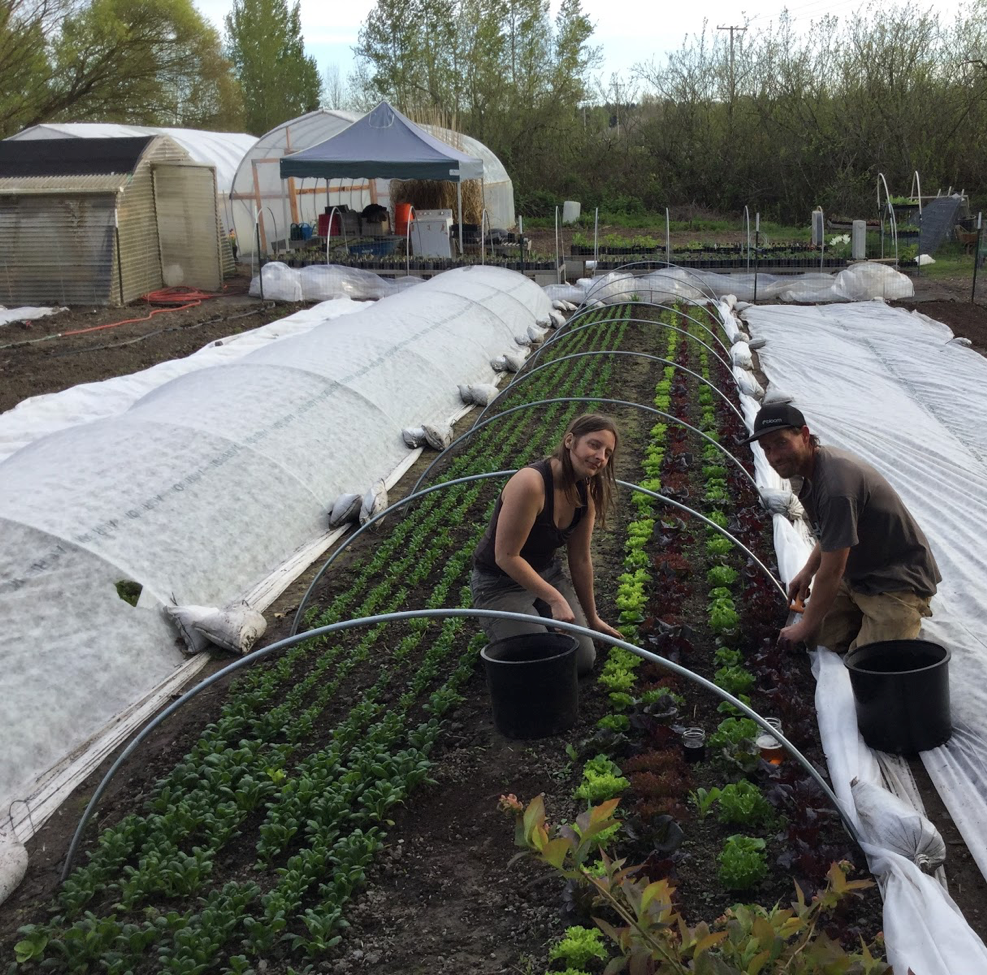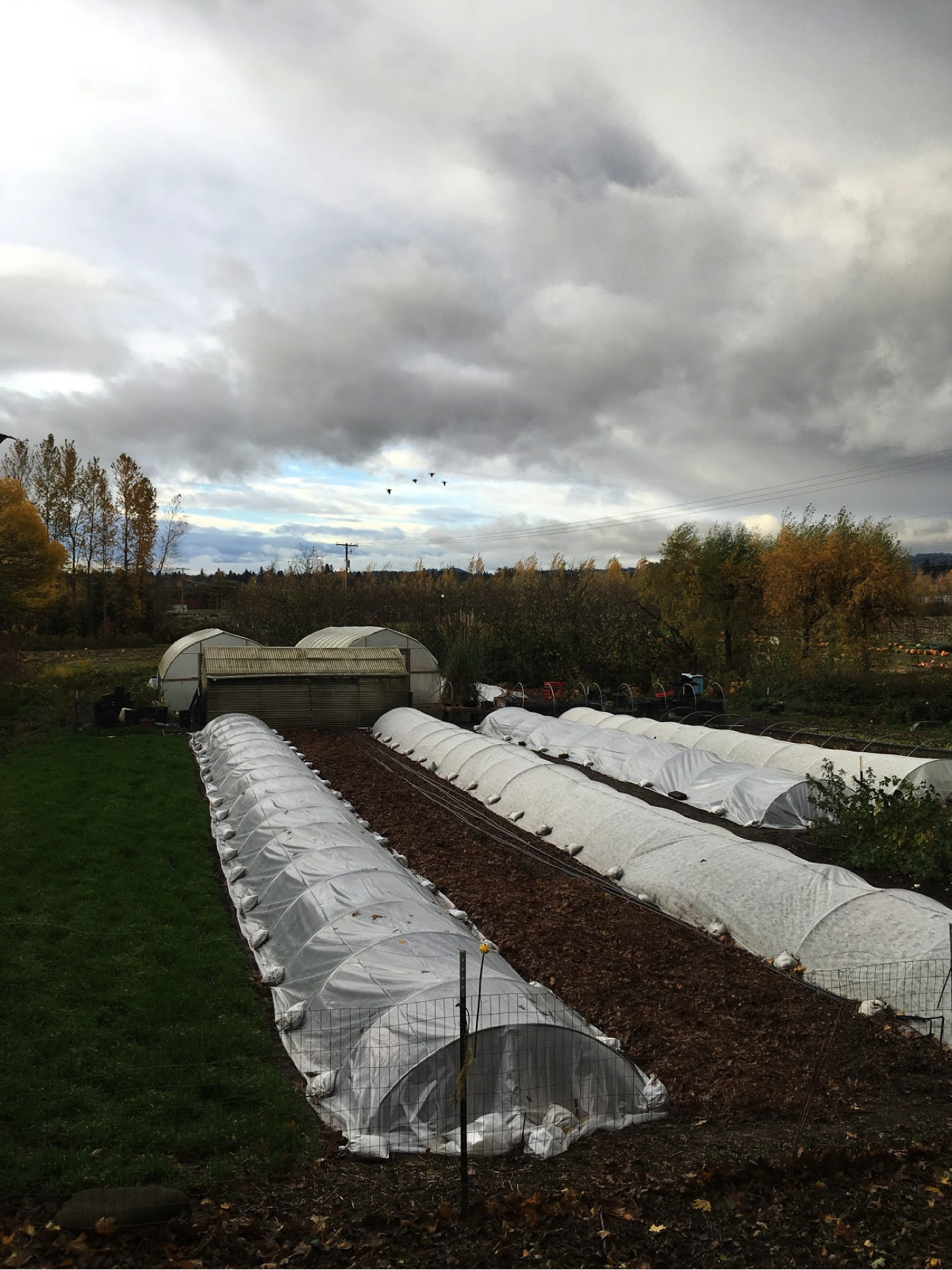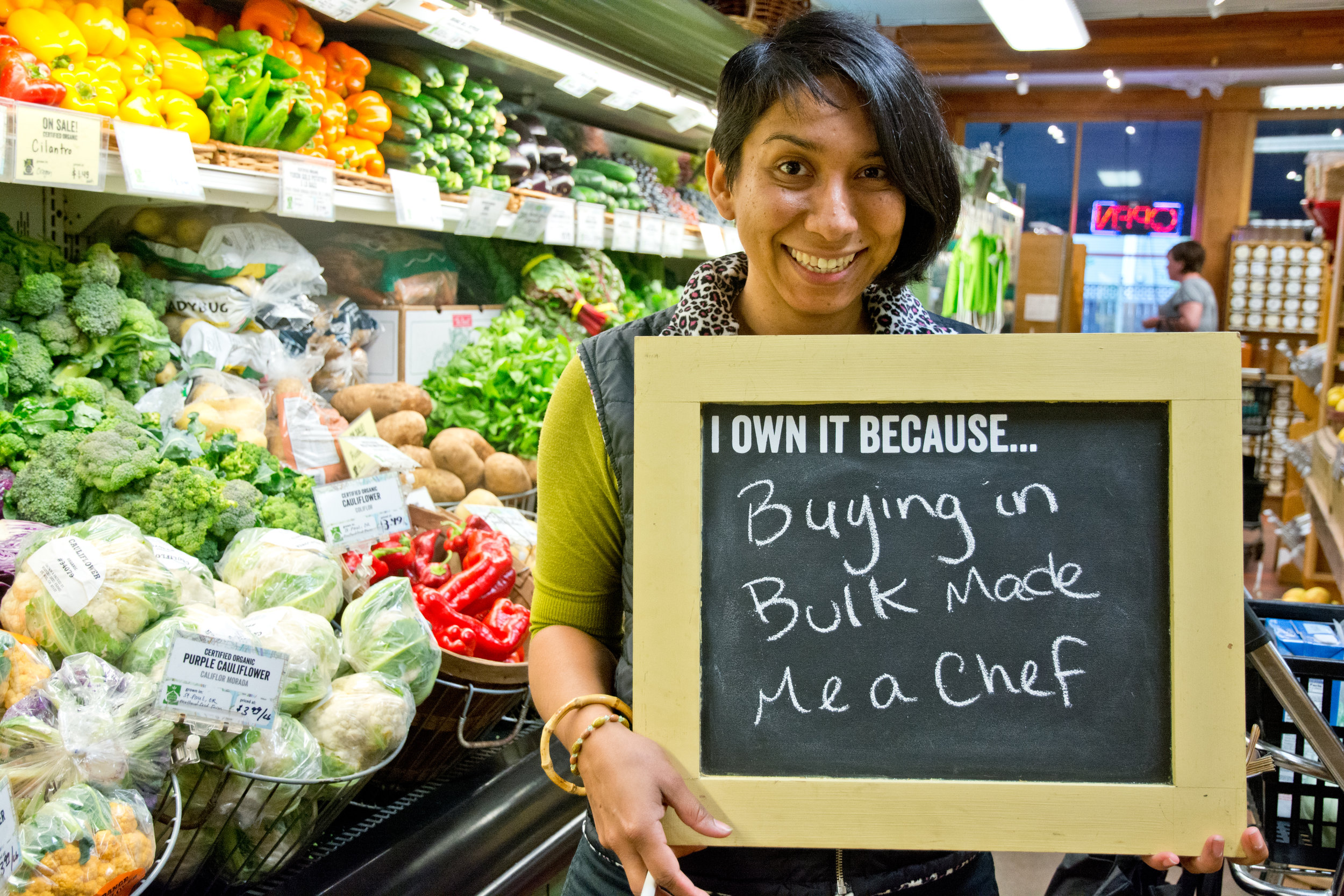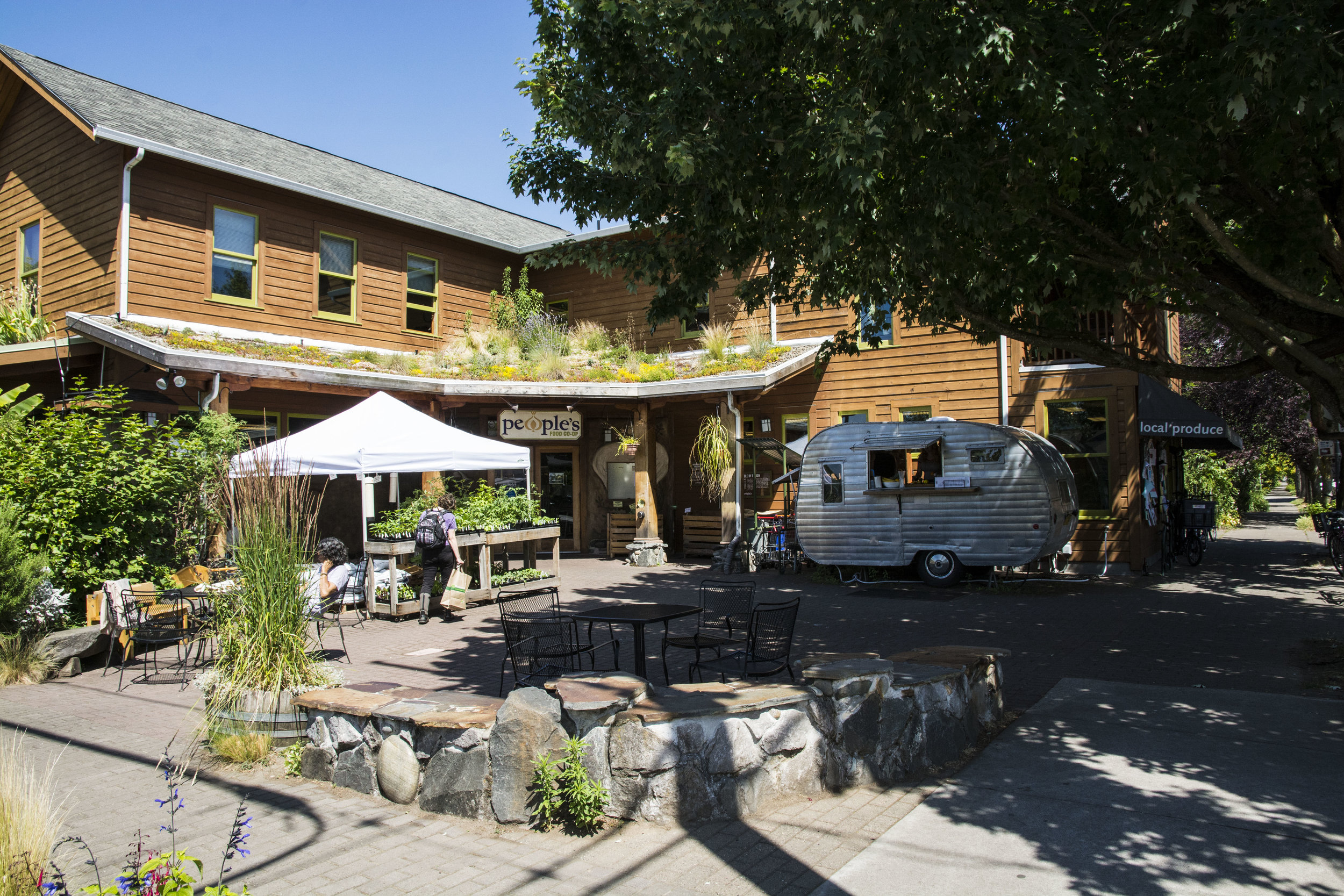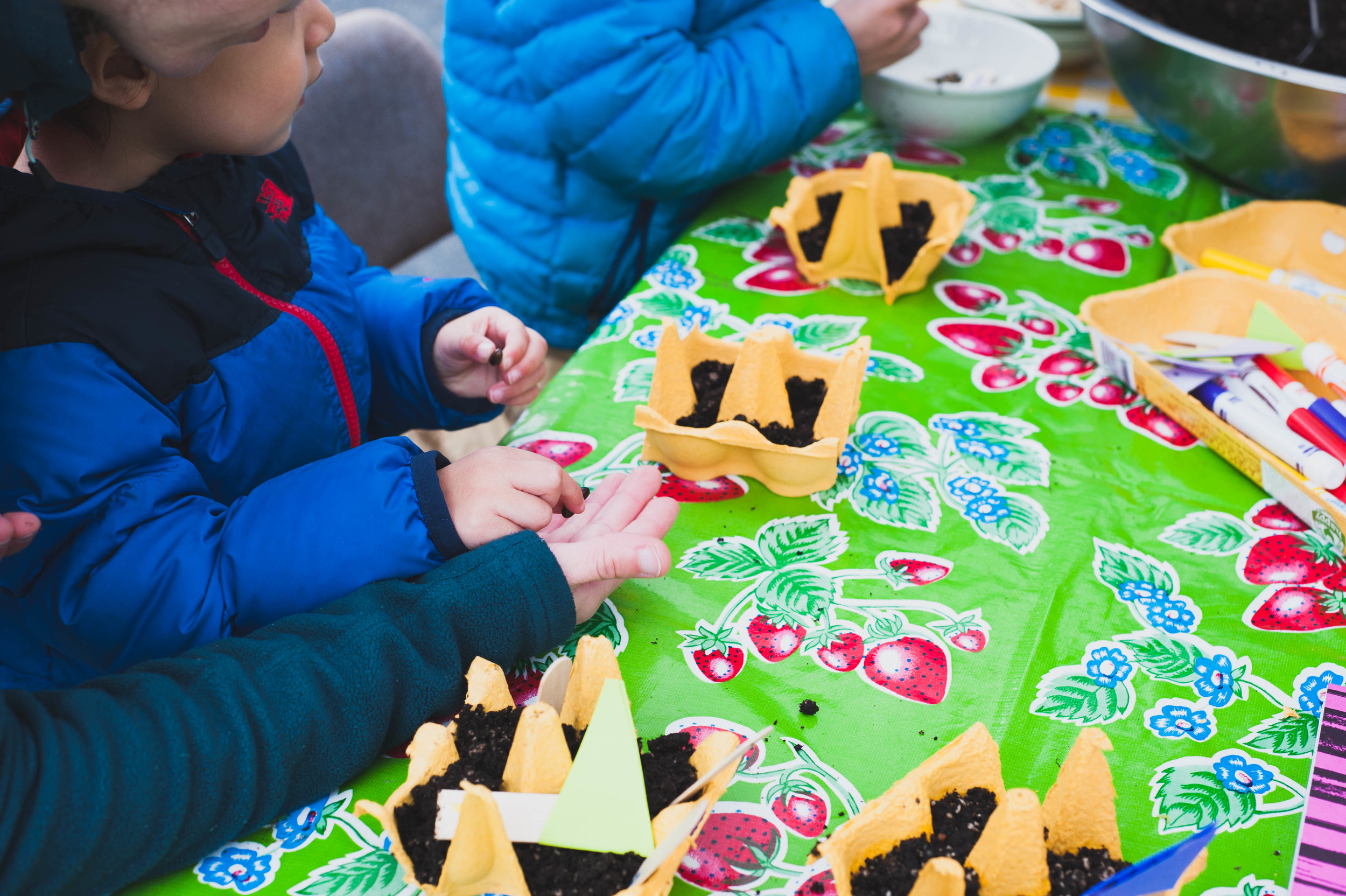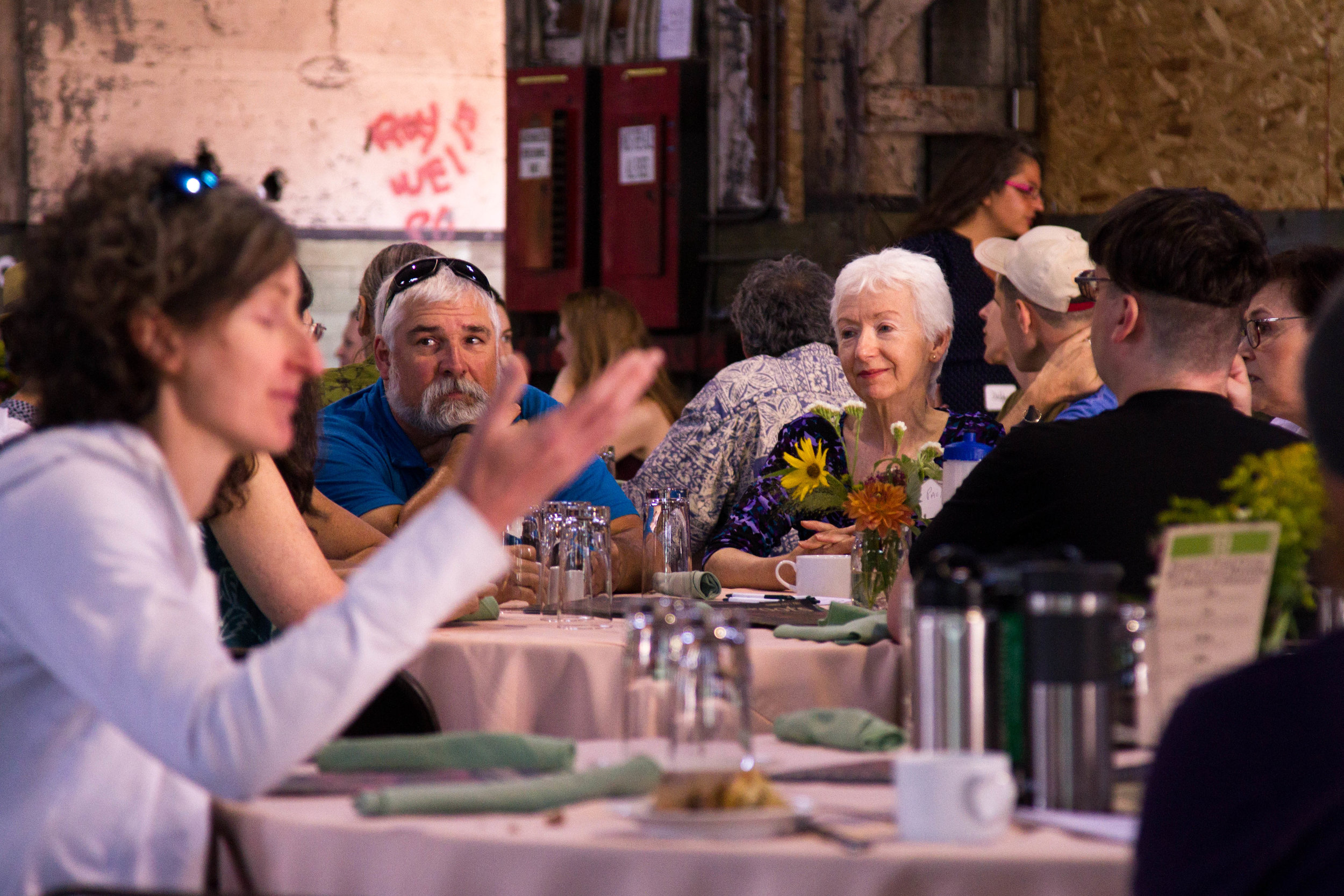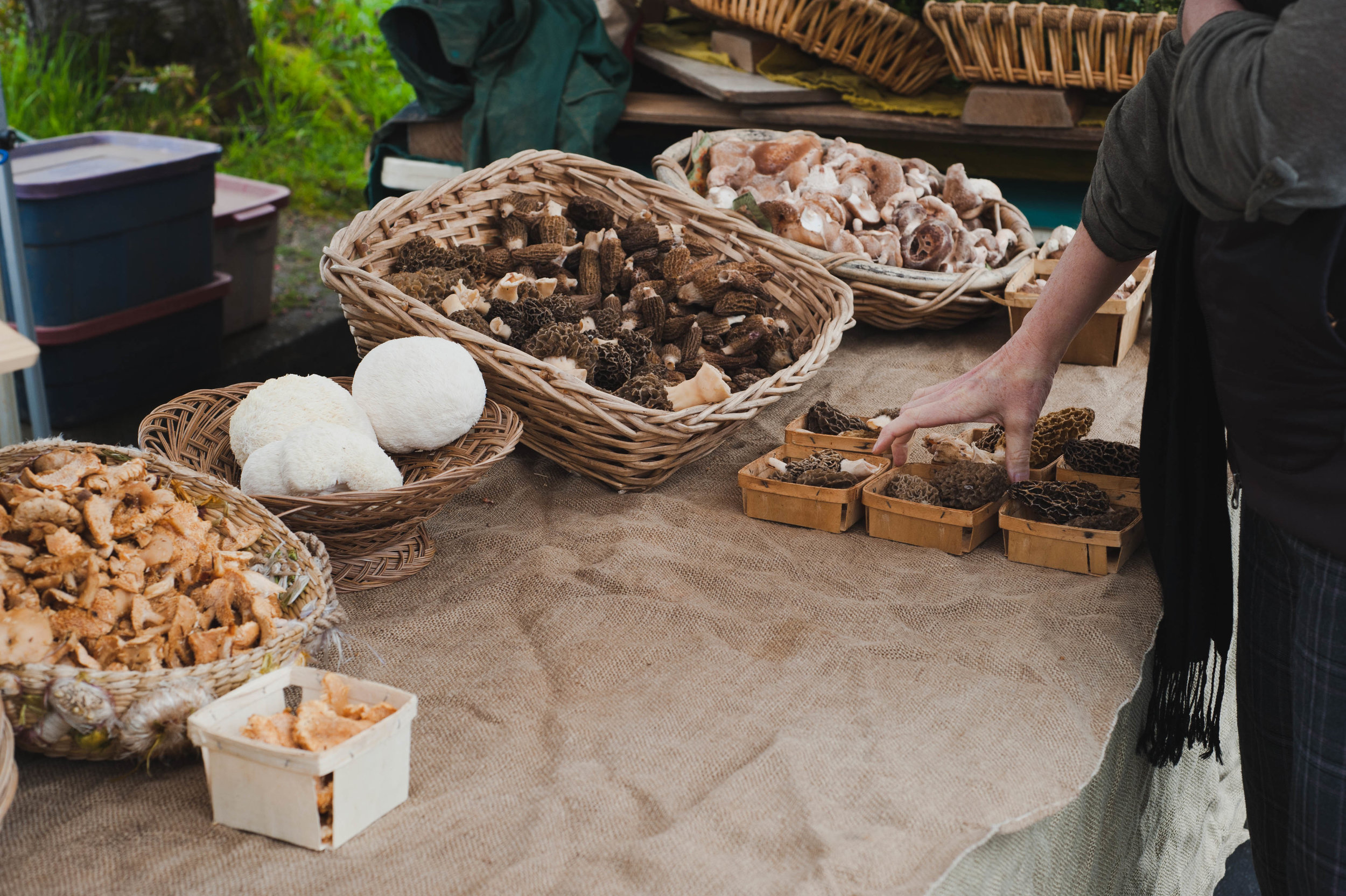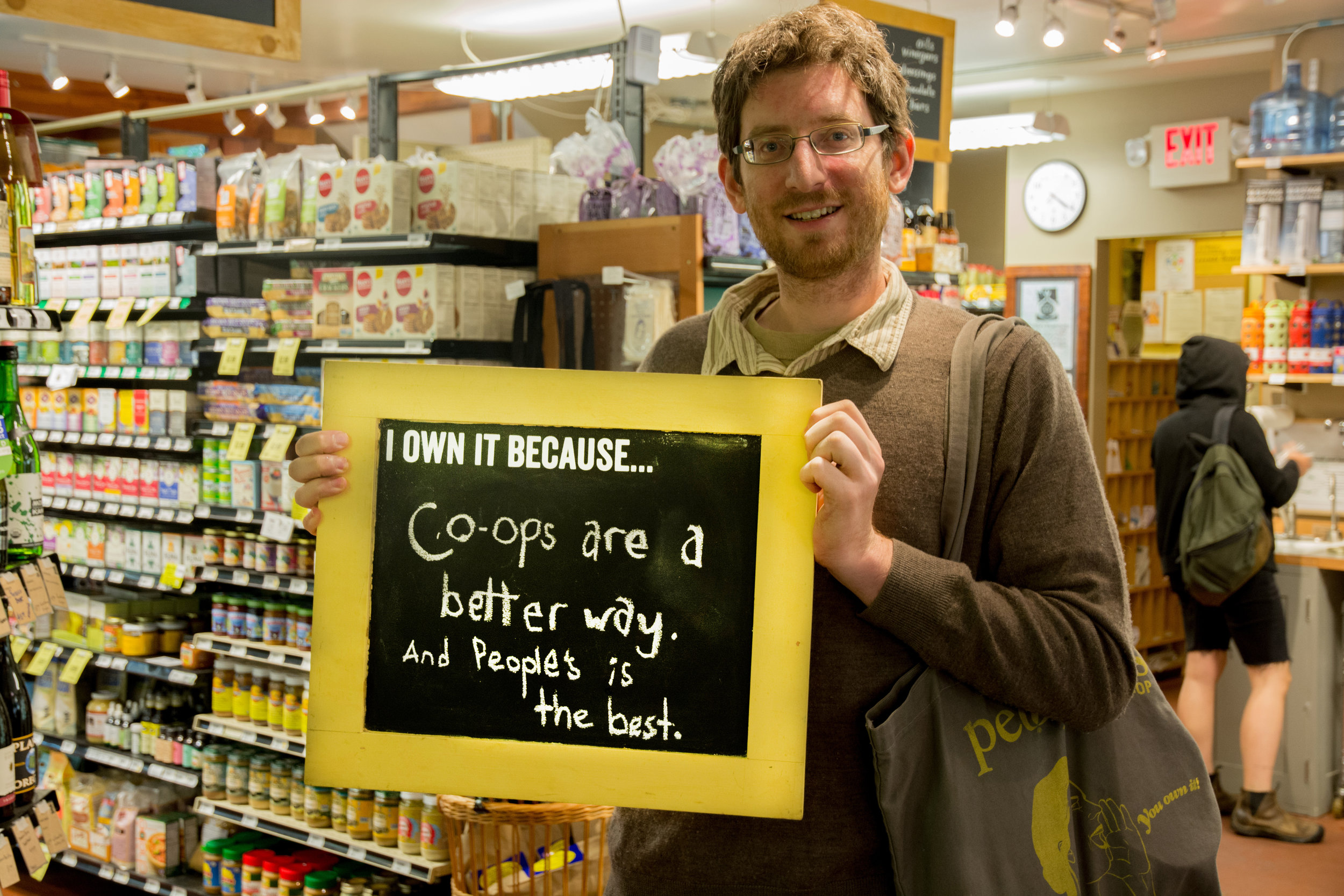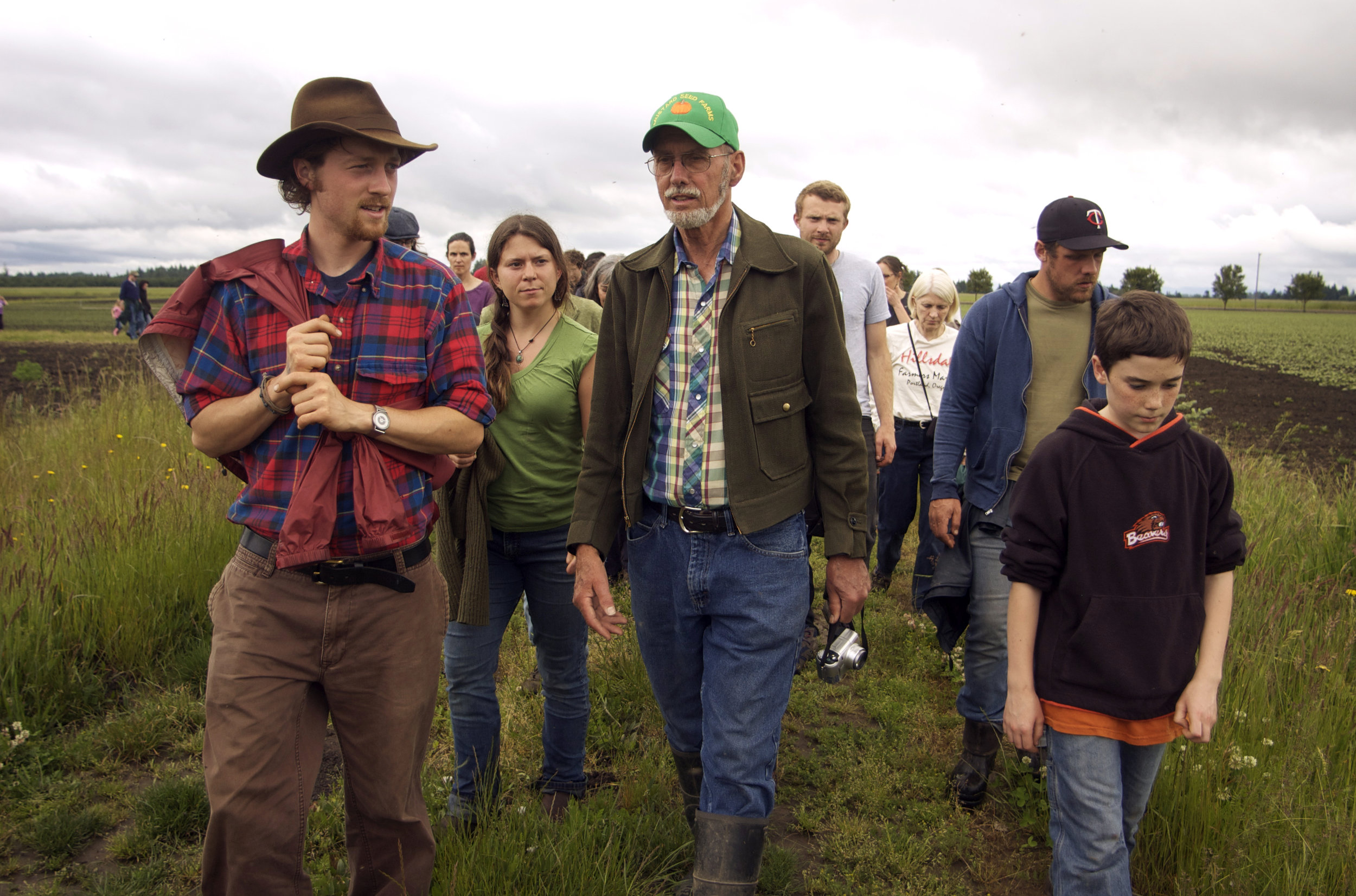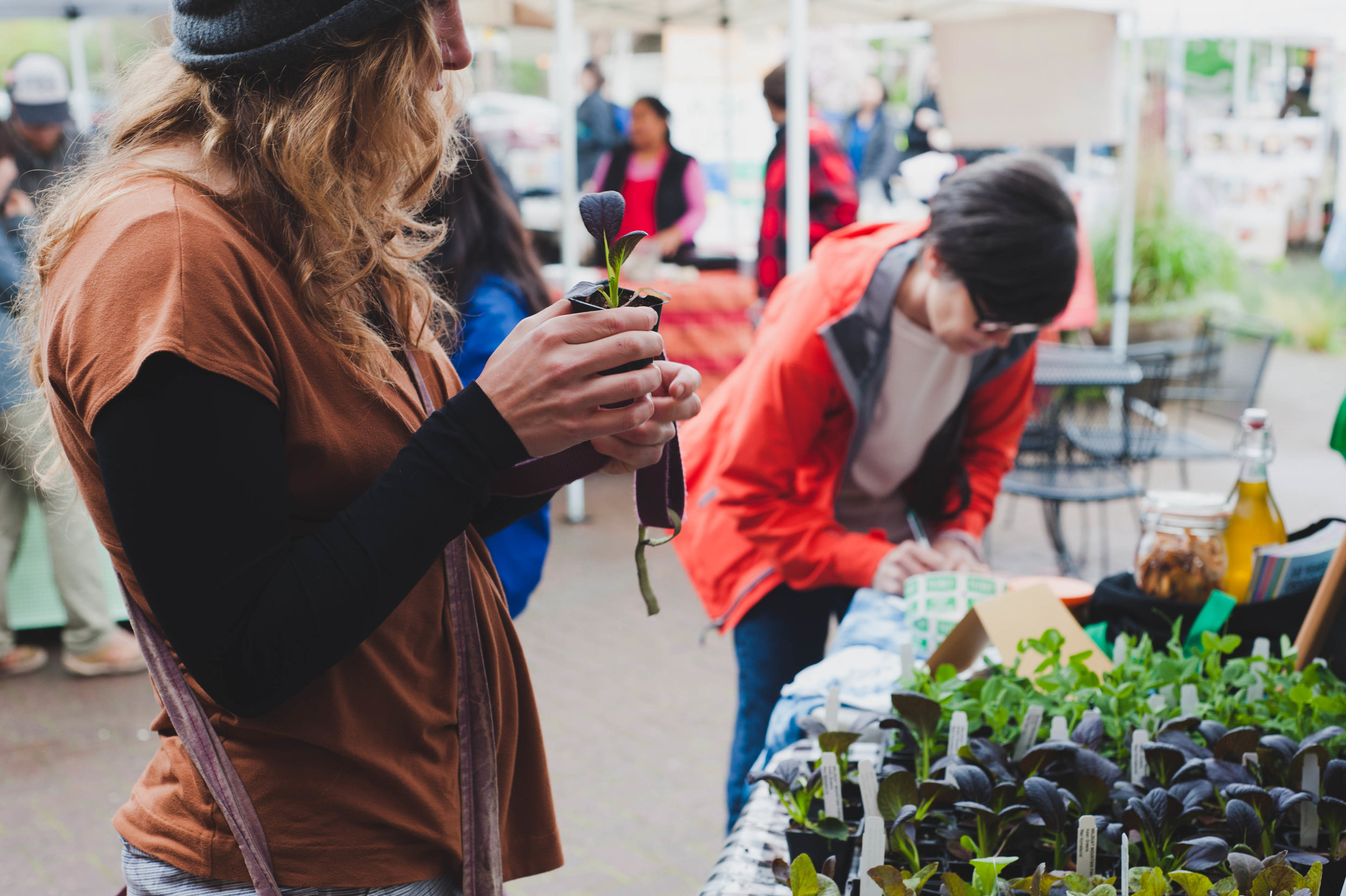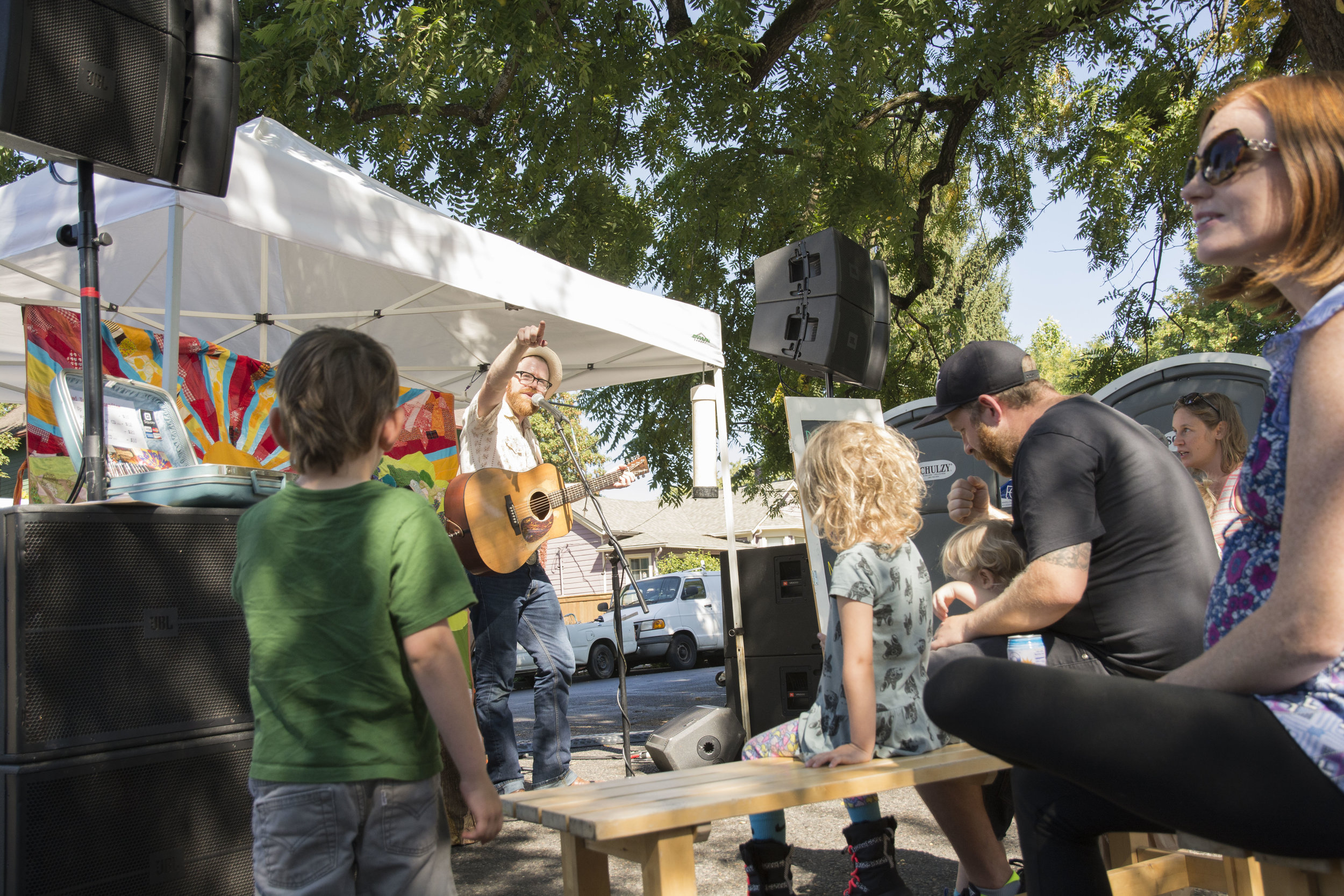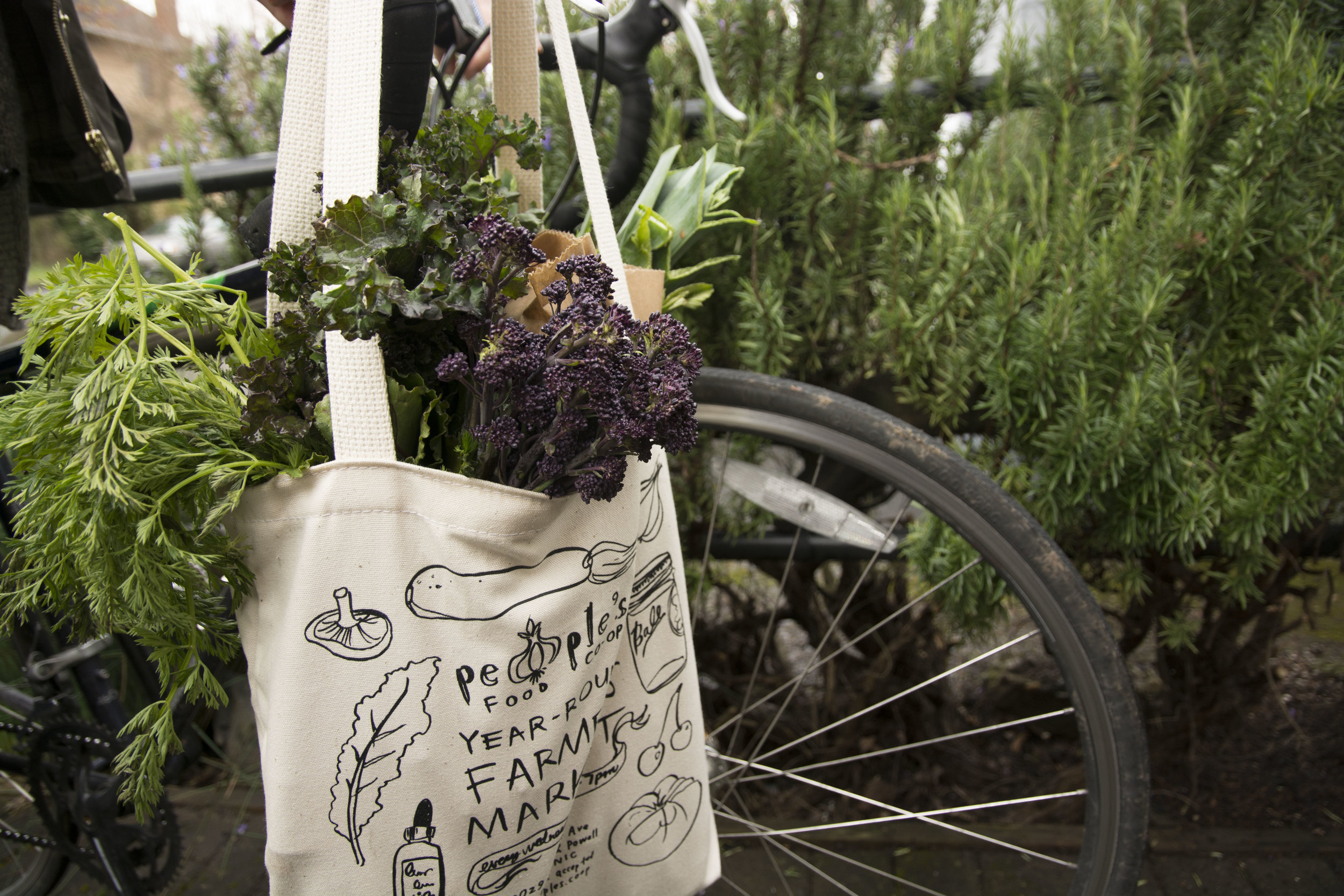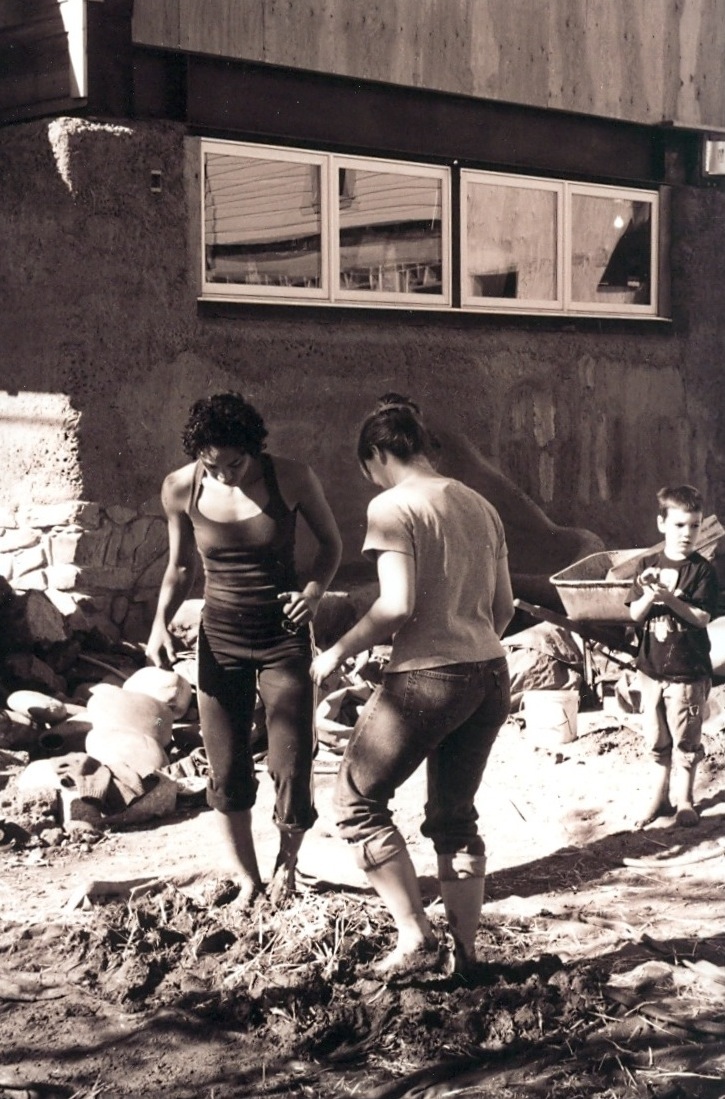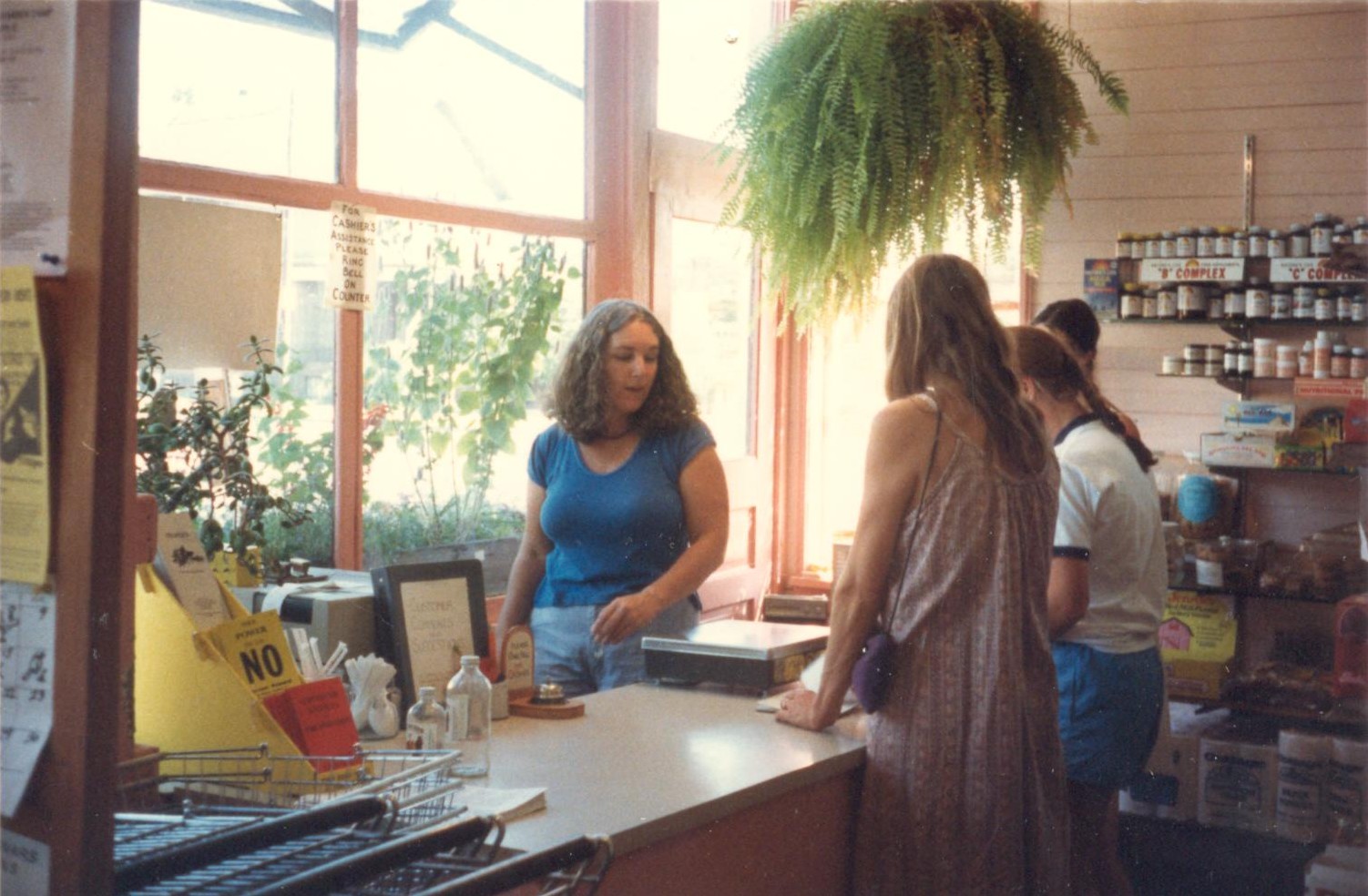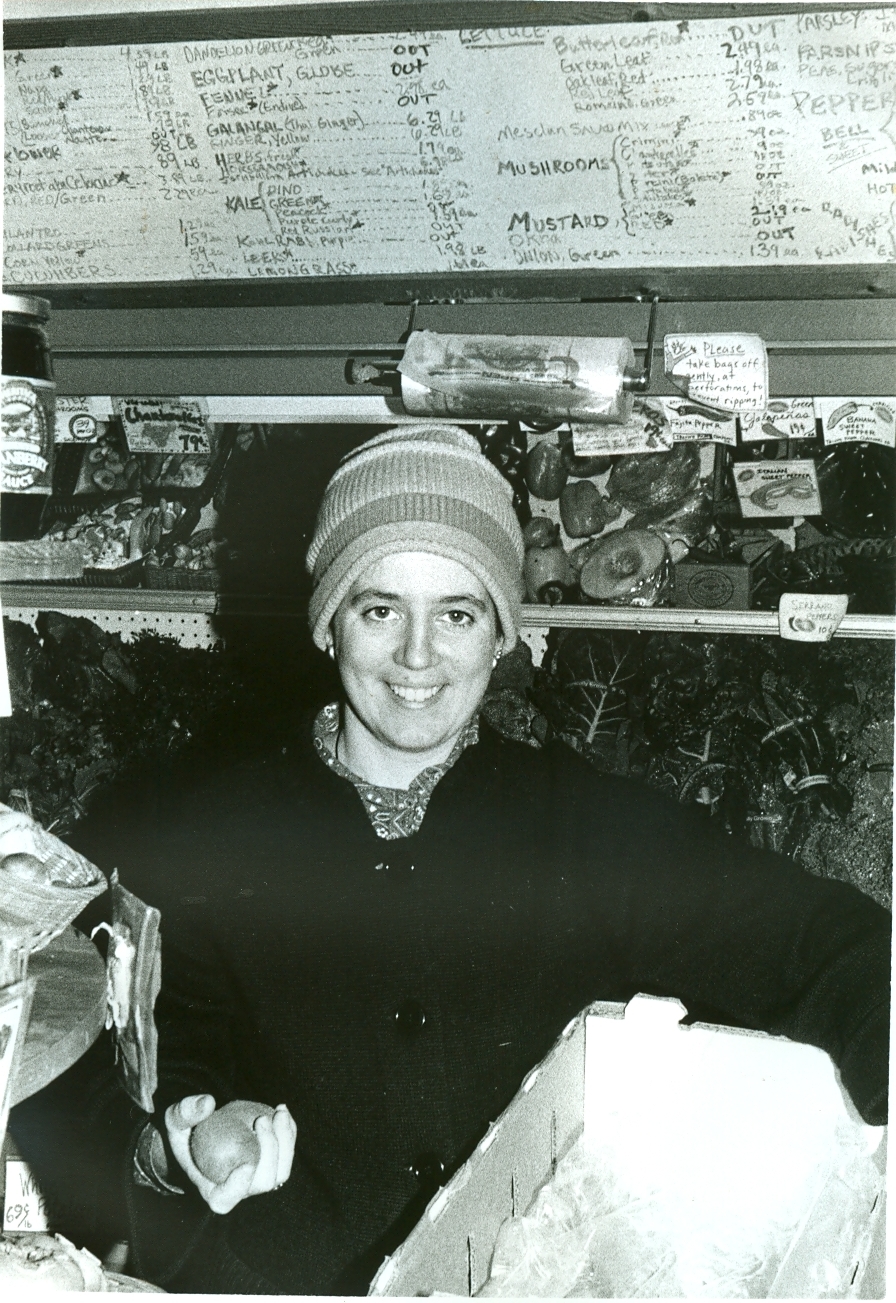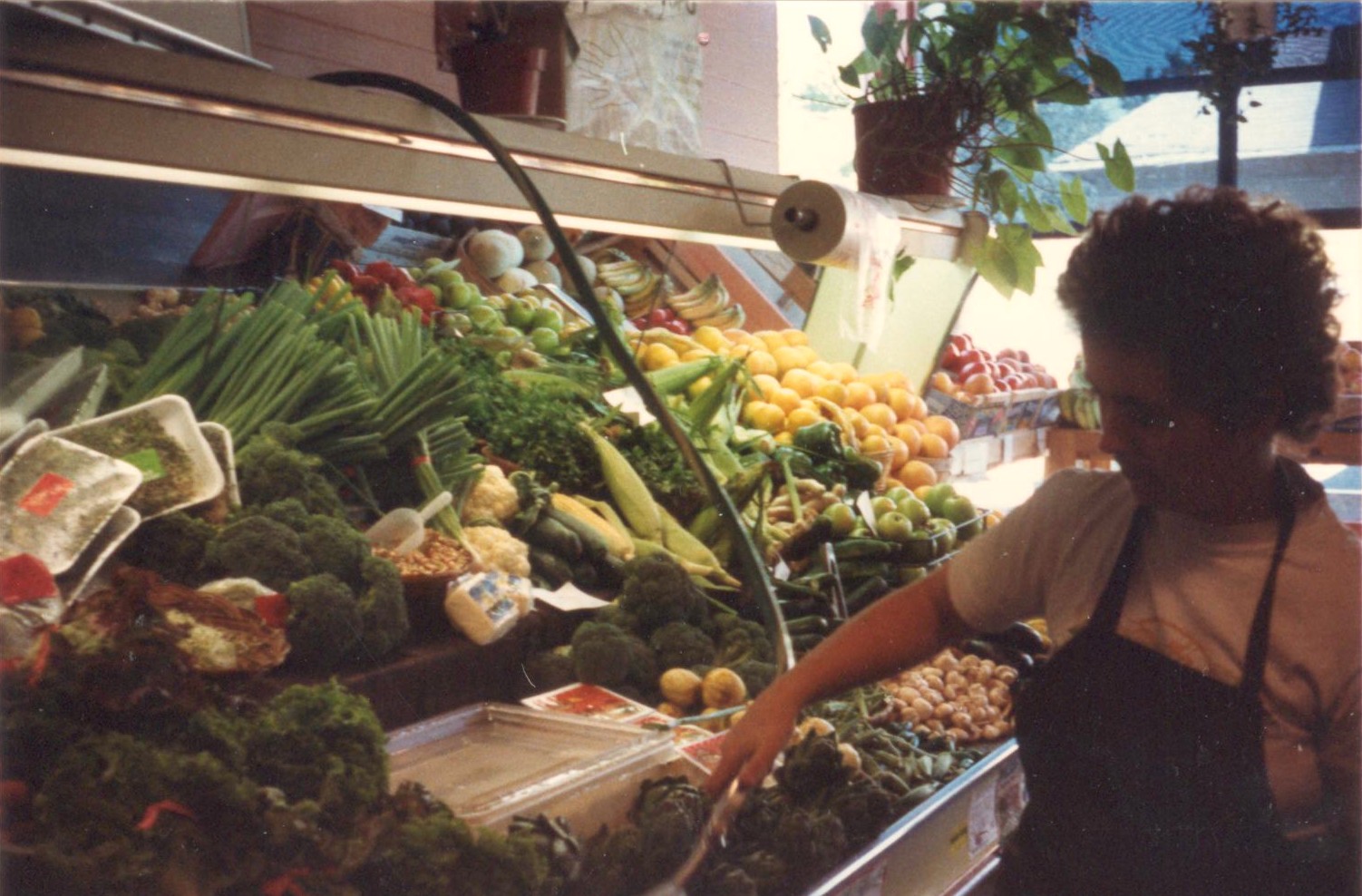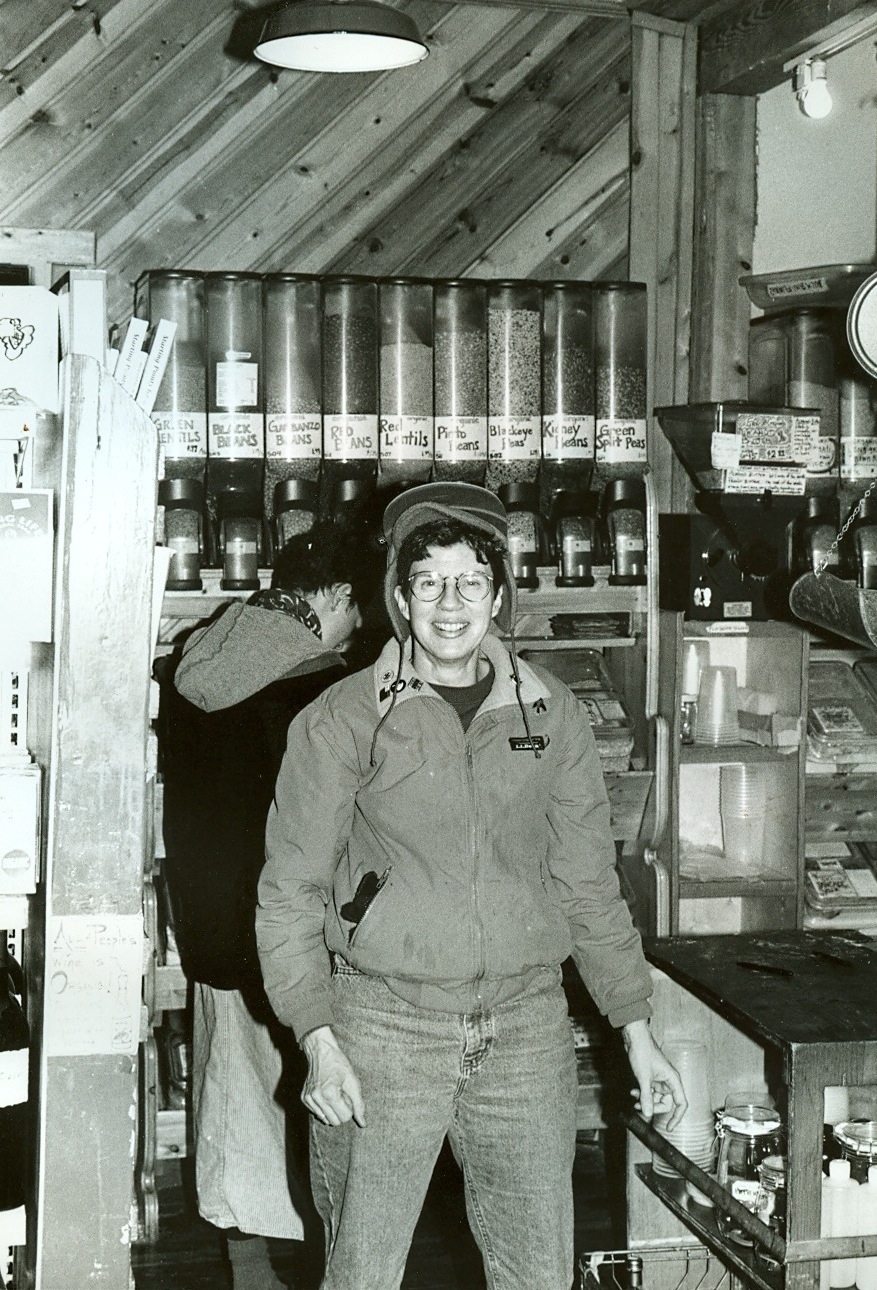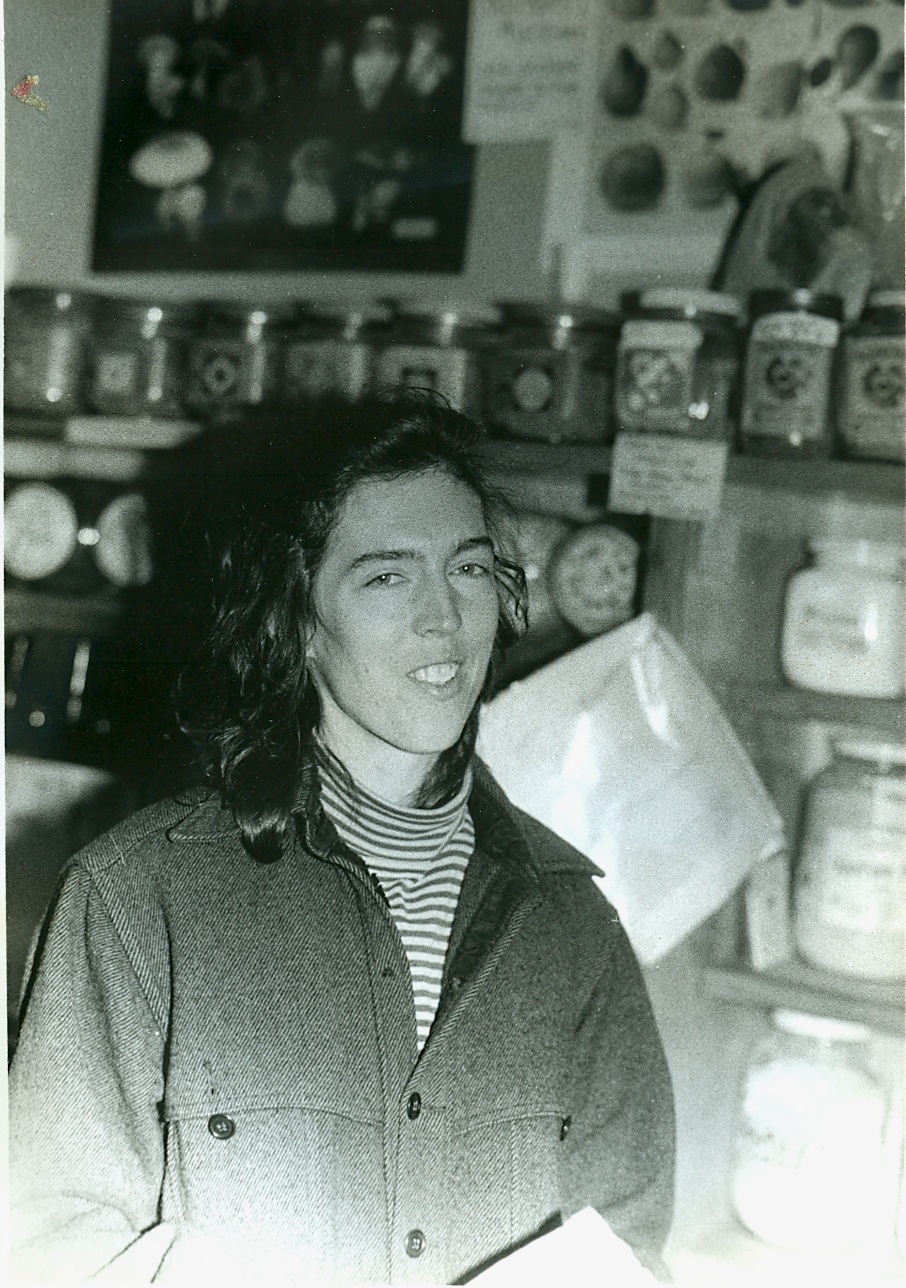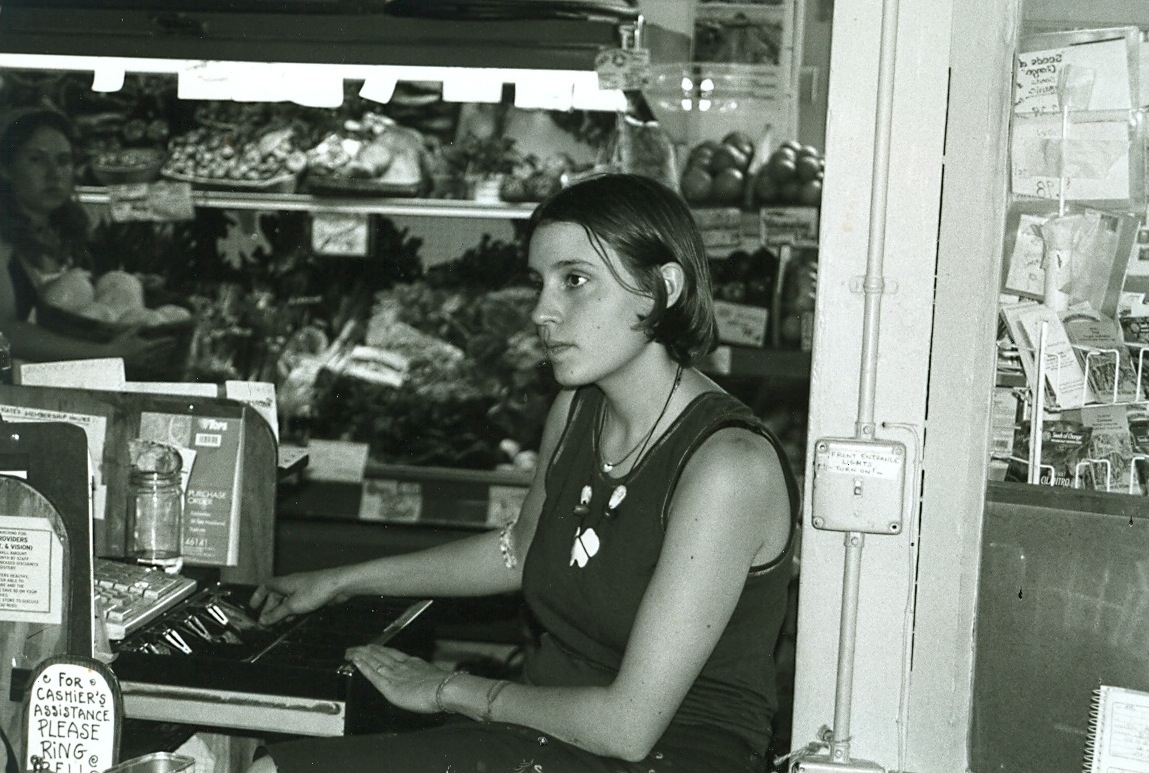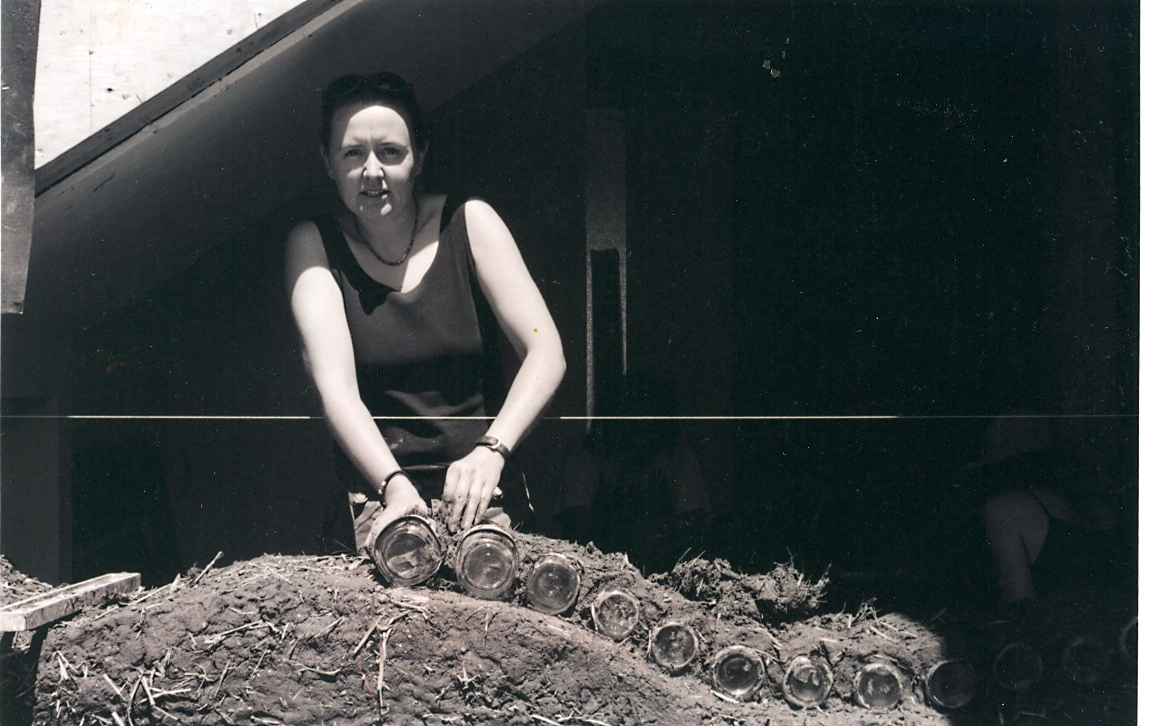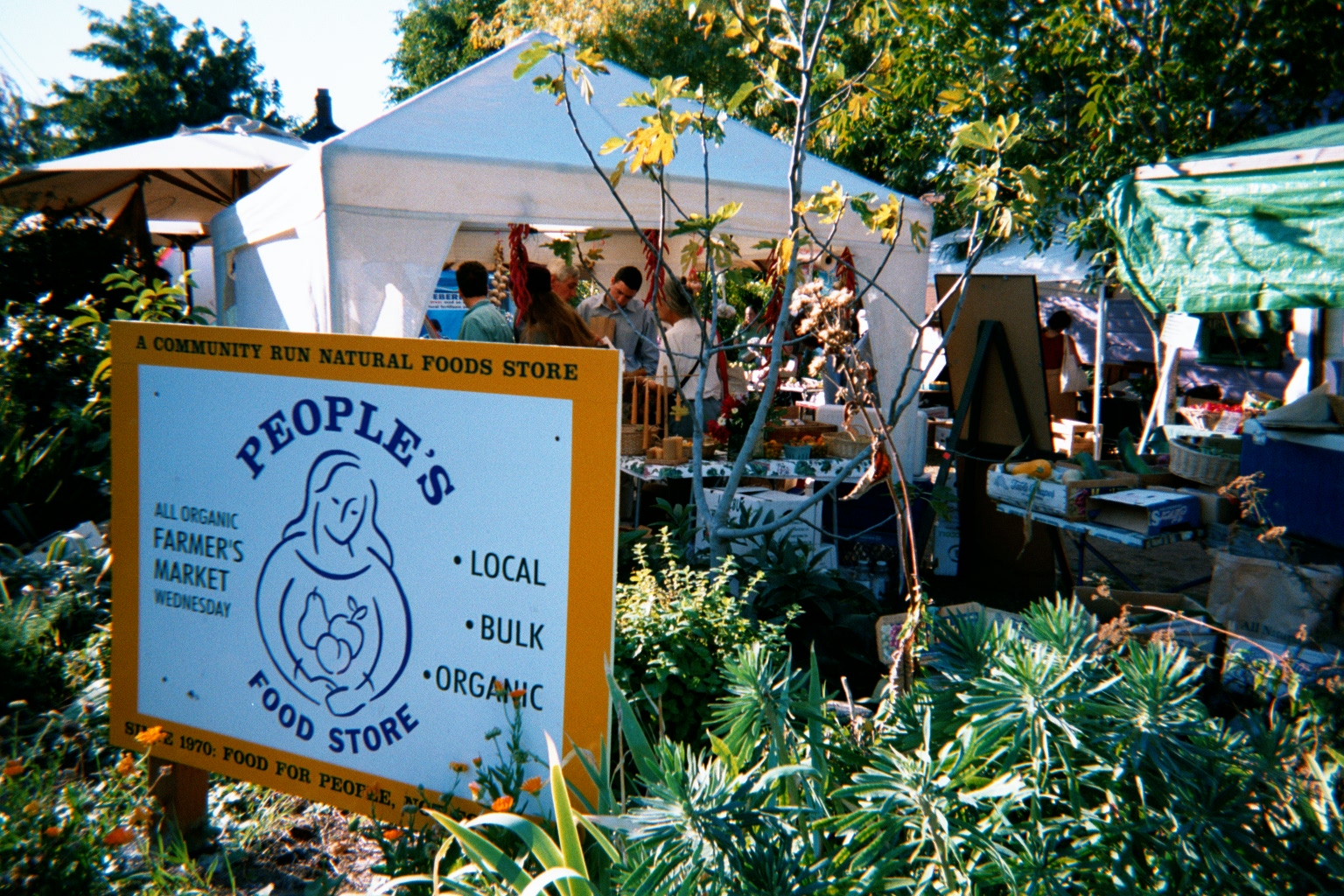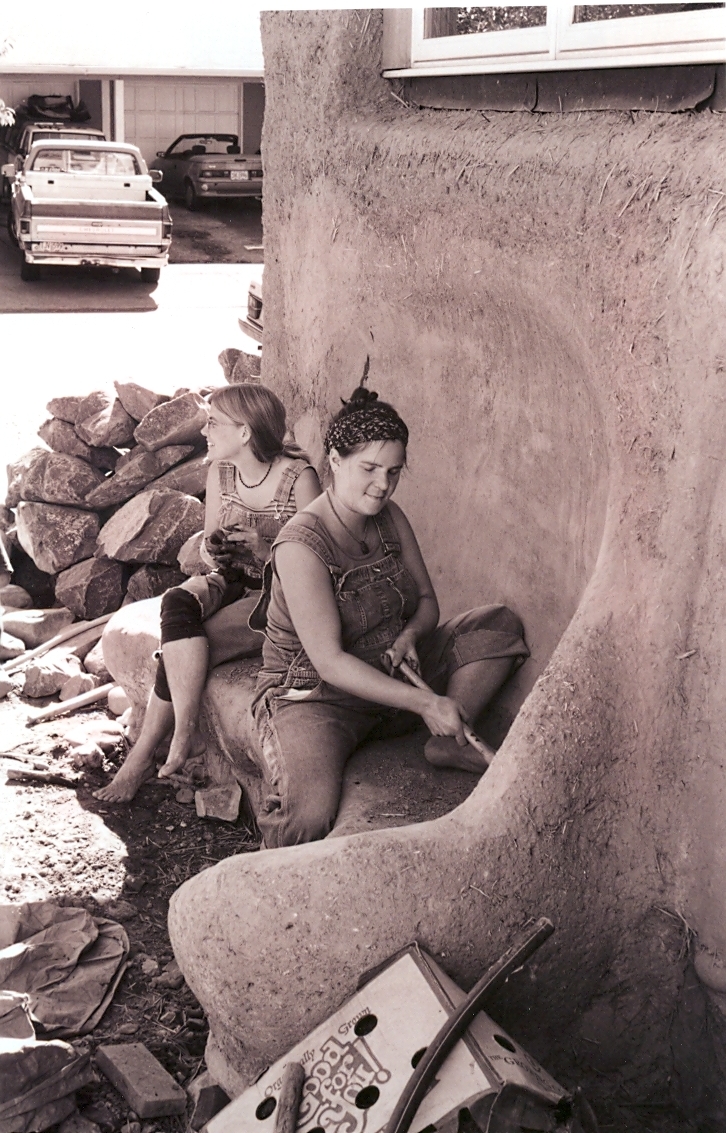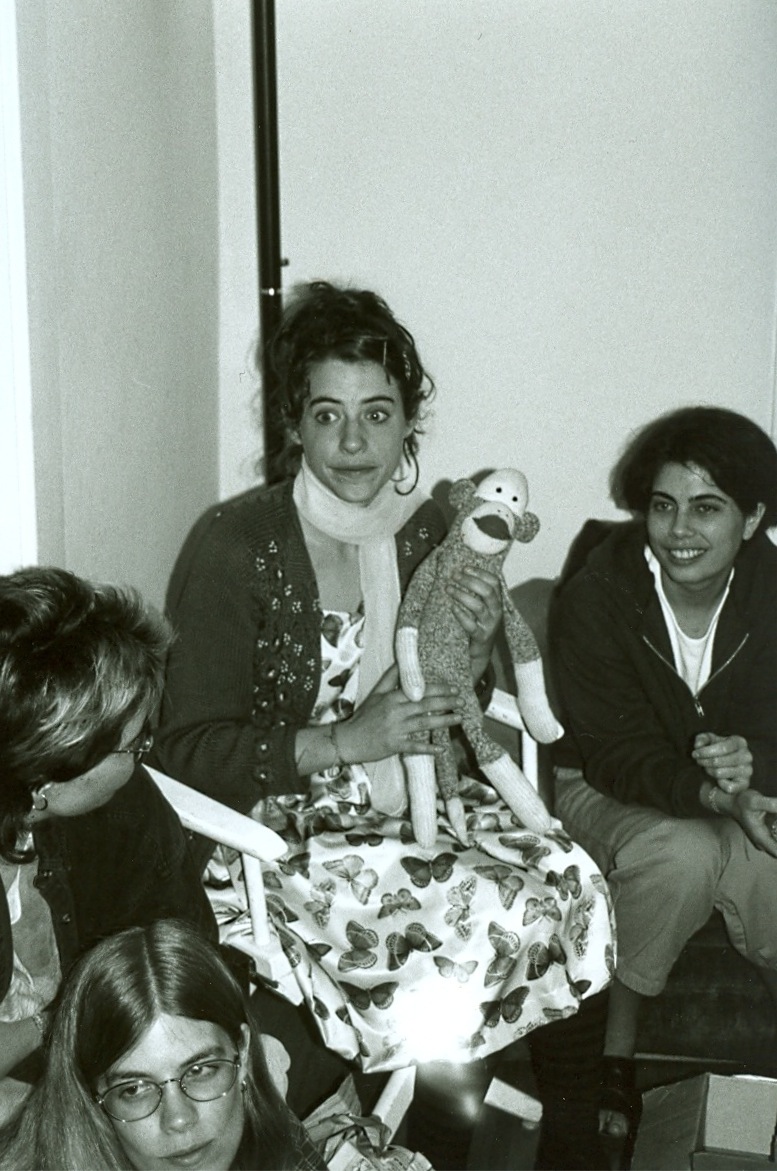As we’ve been considering how People’s can grow into the future, it’s become clear to us that the opportunities that come our way are going to, in large part, determine the outcome of this planning process. We can work and think and research and plot all we want, but there’s little use in making a plan if it can’t adapt to unexpected opportunities and challenges that present themselves.
In the Annual Report, which was published in the middle of June, we stated that we were looking to open a warehouse by the end of 2019 and to open a second store by 2023. Those were our best guesses at the time, based on the research that we had done so far and a philosophy of incremental growth. Since writing that update, we’ve dug deeper into opportunities that we first heard about in mid-May, and the cadence and timeline that we outlined in the Annual Report has changed a bit! We are still researching both a second store and a warehouse, but now we’re looking into switching the order: opening a second store in the next year or two and opening a warehouse once we get our footing at the new location.
This switcheroo is all because of a particular opportunity. As you may be aware, we’ve been interested in opening a second store in the Lents neighborhood for some time now. If you’ve been around for a long time, you might remember that the Co-op was actually considering a second store in Lents during a development process ten years ago. So when a developer that’s working on a number of projects in Lents reached out to us about a possible site for a store there, we were eager to learn more.
As we’ve learned more about the development opportunity in Lents, we think that it could be a terrific next step for People’s for these reasons:
The space has the potential to be built out to about 6,000 square feet, which is our ideal size for a second store.
It’s right next to the Lents International Farmers’ Market, Green Lents’ Community Tool Library, and Zoiglhaus Brewery, all organizations that create important resources in the Lents community.
It’s really close to the Boys & Girls Club, the Asian Health Center, Zenger Farm, and lots of homes, including new mixed-income apartment buildings.
There is great transit access: the MAX Green Line, 10 & 14 buses, 205 bike bath, and Interstate 205.
The company developing the site is interested in installing solar power and other green technology.
Lots of folks from Lents have reached out to us to ask us to open a store there, and a grocery store has been a priority for the residents for a while.
There are plans for a permanent farmers’ market pavilion on site.
There are a number of Member-Owners that live closer to Lents than our current store. If they shop there instead, it might relieve some pressure on our current store.
We also know that there are a lot of questions that we will have to seek answers to:
Just like here, there isn’t currently a loading dock. Deliveries could be complicated, especially big ones, unless we can find a solution in renovating the building.
Lents is a really different neighborhood than where we are now! How can we be a store that is relevant to the community there? Will we need to sell different kinds of food?
How can we avoid contributing to the gentrification happening in Lents, or be a resource to folks that are at risk of being displaced?
How many people will shop in Lents instead of here? Can we sustain our sales, or find a way to make up for the loss?
Opening a second store is a huge undertaking, and it will take a lot of dedication from our staff and current Member-Owners to make it happen. Do we have the support that we need to create another People’s on this timeline?
Over the next few months, we’ll be doing more work to find out if this is a project that we want to move forward with. That work will include talking to lots of folks in Lents about what they want from a grocer, as well as getting feedback from our current Member-Owners about their thoughts on this opportunity. We’ll also need to do more specific financial feasibility research, and conduct another market study based on this particular site. As we learn and process more information, we’ll share it with Member-Owners through the blog, Grassroots, and in-person events.
Like everything we do at the Co-op, we know that whatever development projects we decide on will have to be a community effort. We’ll depend on our Member-Owners and other folks in our community to help us make this happen, from installing store fixtures to helping us fund the project. At this stage in the process, here are ways that you can help us move forward:
What do you think about this project and the idea of a second store in Lents? Let us know!
Do you live in or near Lents? Who should we talk to about opening a store there?
Do you know about resources that might be helpful? What about skills you might be lend to the cause? Let us know about them!
Be on the lookout for more opportunities to get involved.
As we hone in on the specific projects that will shape the Co-op’s future, we as a committee are feeling a variety of feelings! We’re excited about many of the details of this particular opportunity and it feels really good to be talking in concrete terms. After talking about the future of People’s so abstractly for so long, it’s energizing to visualize the possibilities at a particular site.
We also feel some nervousness about the whole thing: concentrating our resources on one opportunity and moving a bit faster than we were anticipating a mere month ago both create some anxiety. We anticipate that Member-Owners might feel a similar mix of emotions! That being said, we are very enthusiastic about the opportunities that this site in Lents offers, and are eager to explore the relationships that we can build there, both with individuals and like-minded organizations. We’re looking forward to the next few months of research, and continuing to engage our Member-Owner community as we learn more and move toward making a final decision about this project.
If you have questions, concerns, or input, please be in touch with the Board of Directors! You can email them at bod@peoples.coop. You can also get in touch with the Long-term Planning Committee at planning@peoples.coop.







